Daily life scenes and people, from Latin America and beyond
Felipe Rubilar, documentary photographer and freelance filmmaker from Chile but currently living in Mexico City, accepted to be interviewed to talk about his long term project on Latin American countries and cultures, as well as the use of Fuji equipment in all his work, personal or professional.
Hello Felipe! Could you please introduce yourself?
Hi, my name is Felipe Rubilar, I’m from Chile but currently living in Mexico City. I’m a freelance Branded Content filmmaker and editor, working in documentary, commercial and music projects or everything mixed up, and along with my audiovisual career, I’m also into photography as a complementary discipline and a passion by itself.
Typical Gaucho taking a break of his woodwork along with bulls – Mañihuales (Patagonia), Chile
Working as an audiovisual professional, when did you decide to start doing photography as well?
I was first introduced to photography in 2004 when I was in the first year of my filmmaking studies. We were learning all the basic concepts about taking pictures manually, Shutter Speed, Aperture, ISO, all with 35mm analogue cameras. After an initial introduction of shooting with color film, we started shooting black & white and respectively started developing and printing ourselves in the college darkroom.
This is the moment I started to fall in love with photography, albeit, at first more by the process than the art. It was very delightful and revealing to be manipulating the film from developing to finally projecting over the printing paper with all their chemicals and exposure times for a final result. This magic was something that further led me to embrace photography as a new discipline and to go out and start photographing by myself with personal interest.
Peruvian woman bread seller at the local market – Cusco, Peru
Group of indigenous women better knowns as “Cholitas” – La Paz, Bolivia
Among the immense variety of photography genres, what reasons led you to choose documentary photography?
When I started photography I was heavily influenced by the concept of The Decisive Moment by Henri Cartier Bresson. Through beauty and observation, he captured the essence of an interesting context or characters in the streets. I felt very inspired by this concept that I decided to marry two passions of mine, Travel and Photography. With a camera in hand and a willingness for adventure and to learn new worlds, new cultures, I was going to approach culture photo documentary with a Street Photography style.
Portrait of a Pinneaple seller in the Local Market – Panama City, Panama
Group of men playing table games – Florida, Colombia
RIGHT: Canon 5D MK III . 1/200” . ISO 800
Group of men playing checkers in the street with observers – Santiago, Chile
How did you come up with the idea of documenting Latin American cultures, and how has the experience been so far?
The mundane life and the characters that represent the local culture has always been fascinating to me, and from this premise, the idea of documenting Latin American cultures came more as part of a plan I had since I was in college, about some day taking a backpacking year-long trip to explore and meet other countries, and at the same time as an excuse and motivation to keep developing my photography on the way.
With this in mind and many years of savings, I began to plan in 2012 and finally embarked on my trip in 2013. I started a new year and a new life adventure, at first travelling to places I hadn’t been in my own country, mainly the Chilean Patagonia (Southern Chile). Then going across Latin America until reaching Mexico. That one-year backpacking trip has turned into over six years of nomadic lifestyle, traveling Latin America, across the USA and even some places in Europe (mainly Italy).
Portrait of two men dressed as Pachucos, an old fashioned style used by some people currently when going dance in old fashioned clubs – Mexico City, Mexico
Since I started travelling my development in photography increased considerably. I was shooting every day and every chance I could get in order to capture the different contexts I was experiencing. Like my photography, my traveling was fluid. I never had a strict plan as to where I was going to end up.
Sometimes I would travel deep in countryside small towns or larger cities. Never was I interested in seeking out touristic places, all the contrary. I was in pursuit of the authenticity of the local life and it was a total joy learning new things about my photography and learning about the new cultures in front of me.
Mexican man passing by on his horse – San Miguel de Allende, Mexico
I was never compelled to center around a specific documentary project, I’ve been very spontaneous in general and I think it’s because I’m coming from the Street Photography school where all is to be eyes wide open and ready for surprising moments, but undoubtedly, while gaining more photographic knowledge I naturally slowed down and started to focus on specific subjects along my way.
I created portraits of all ranges of people, combining them with candid moments, I would focus on something that represents some aspect of their local culture, their mundane life or some special characteristic or physical feature that I could portray and hopefully, through my lens, glorify the spirit of that moment.
An old man reading the news. In Cuba, people like to be informed – Guantanamo, Cuba
Portrait of two guys wearing in classic 80’s style with their new (old) television purchased – Brooklyn, New York
RIGHT: Fuji X100F . F/2.8 . 1/160” . ISO 1600
Group of Italian men playing cards at their social club – Trani, Italy
After all this time capturing the amazing richness of all these different cultures, how do they compare, or distinguish, in the presence of a camera?
Latin America is eclectic, colorful, vibrant and traditional, a whole mix of reminiscences from colonialism and ancient native cultures displayed in different levels, and depending on the country and the context, the approach as a photographer can vary significantly.
I never felt heavily rejected when documenting the mundane life of the people in the streets, most of the time people seemed to feel honored and proud of being portrayed, but sometimes I had to deal with turndowns and had to step out of my desires of making a photograph, mostly with native indigenous peoples, because the person didn’t want to be photographed (understandably) or they were asking for money in exchange, but either way, I attribute one common factor – “Tourism”.
Man washing his horse in the river – La Palma, Darien Gap, Panamá
Tourism is one of the largest growing economic sectors in many countries, but for worse, has become this cultural imperialism of foreign investors capitalizing on countries they suck dry. This leads to a kind of Disneyland attraction of some native places and cultures where everything has transformed from authentic into a theater representation of itself. A product or experience waiting to be purchased to embellish the tourists’ social media or on the contrary case, rejection as a sign of discomfort with the massive invasion of these people.
As you can see, this could be a challenge for any photographer because how can they tell the difference between a tourist and a photographer, especially in today’s world? But that’s another topic.
A man walking with a box of oil bottles surrounded by local indigenous women – Chichicastenango, Guatemala
Vibrant and traditional Local Market in a small town in Guatemala – Chichicastenango, Guatemala
What cameras have you used over the years and when did you start using Fuji equipment?
When I started, I use the equipment of my college. I remember they were an analog Pentax MZ-5 with a zoom kit lens. Some time later, I bought a Canon AE1 with a 50mm prime lens, but then with the revolution of the DSLR with video recording, I found a way to perform my two disciplines in one camera when I switched completely to a Canon 60D and 5D Mark II and III respectively.
While I used Canon DSLR cameras, I got interested in manual vintage lenses and became my go-to for photography. I had a 35mm Carl Zeiss Flektogon 2.4 and a 50mm Pentax Super Takumar SMC 1.4, those were my main lenses for documentary and portraiture, it was all manual focus, and I really liked it because it felt to me closer to film photography in use and the image rendition thanks to the quality of the old vintage optics.
Jewish men crossing the path in front of a store – Williamsburgh, New York
Colorful dressed African woman in the Local Market – Palermo, Italy
Around 2016 I met Fuji cameras thanks to a friend of mine, he had an X100 that I borrowed from him, and after some use, I finally got convinced to get a Fuji myself, mainly because of the small size and the film simulations features that were very impressive. At first, I bought an X-Pro1 to try out, but a year after I bought the X100F, and that was a game-changer, superb quality and perfect small size for discretion when capturing a candid moment on the streets.
Like I mentioned before, when I had Canon’s DSLR, I always made photography with manual focus, but when I got the X100F, its autofocus felt so fast and accurate that I never had to get back to manual focusing. After extensive use of the X100F, I was looking for an upgrade to match with my video projects, and finally, I ended up with a Fuji X-T2. That is my current camera since then, with amazing results in both video and photography.
A yellowish fish stand in the street – Palermo, Italy
Along with your X-T2, which lenses do you use?
Currently, I use the following lenses:
• Fuji XF 23mm f2
• Fuji XF 35mm f2
• Fuji XF 18-55mm f2.8-4 (Kit Lens)
• Fuji XF 14mm 2.8
Do you prefer to use zooms or primes? And why?
For Street/Documentary photography I shoot mainly with the 23mm F2 and sometimes the 35mm F2. In video, when I need a run-and-gun setup, the 18-55mm kit lens has been a go-to, for its zoom focal length that helps me to quickly recompose the shot with no need of lens changing. I never doubt using it because it has a great image quality and image stabilization. Being a kit lens, that’s what amazed me most.
Kids running away with balloons – Mexico City, Mexico
What’s your favourite focal length?
Definitely the 35mm focal length. (Fuji XF23mm)
What equipment do you usually carry on your camera bag when travelling?
I am always ready to shoot, so I mostly go out with my camera strapped on me and nothing else. Although, sometimes I carry a couple of lenses in a waist bag along with extra batteries, memory cards and filters.
Thank you, Felipe, for all your availability for this Interview! To conclude, what software do you use, and could briefly describe your post-processing workflow?
I use Lightroom for post-processing. I mostly edit the pictures starting with some presets of choice I’ve been using for a while and doing some tweaking until a final result. I don’t do much dodge and burn in my photographs. I’ve also been experimenting with some film simulation recipes in-camera, with some tweaking in Lightroom too.
Group of people on their way in a local public transport. Yes, it’s a local public transport – Leon, Nicaragua
RIGHT: Canon 5D MK III . Canon EF16-35mmF2.8 @16mm . F/4.0 . 1/320” . ISO 800
The back of a truck is used commonly as public transport in some countries in Central America and Cuba. In this case is a longdistance transport commonly used from town to town, even for long distances across the island – Santiago de Cuba, Cuba
Kid helping his mom with groceries after getting out the boat – Pampanal de Bolivar, Ecuador
RIGHT: Canon 5D MK III . 1/200” . ISO 200
Group of indigenous women selling their stuff in the Saturday street market – Sorata, Bolivia
Fruit and Vegetables stand in the Local Market – Ipiales, Colombia
Portrait of a Shoe Shine. They hide their faces to maintain anonymity because being Shoeshine is not good looked in Bolivian society – La Paz, Bolivia.
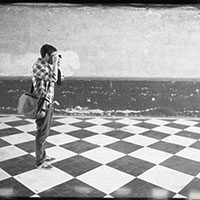
“I have chosen an audiovisual career, but also photography stole my heart away to see the world through a lens. I’ve been doing things in Music, Advertising, and Documentaries, or everything mixed up, directing or editing.
In Photography I’ve been portraying/documenting a wide range of characters, people, and the essence of places I’ve travelled, from Chile to the United States along Latin America. Also Spain, France and Italy.”

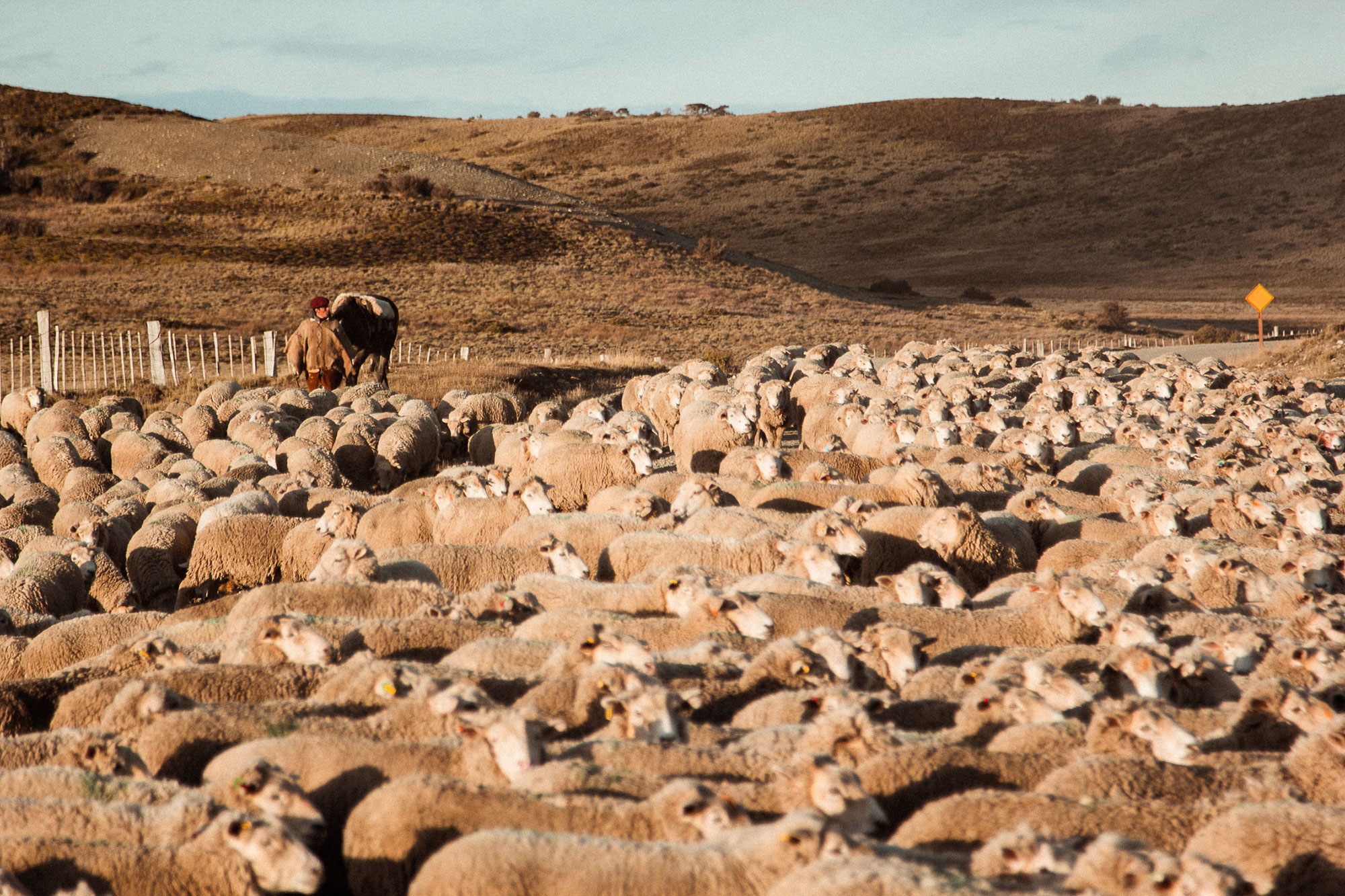
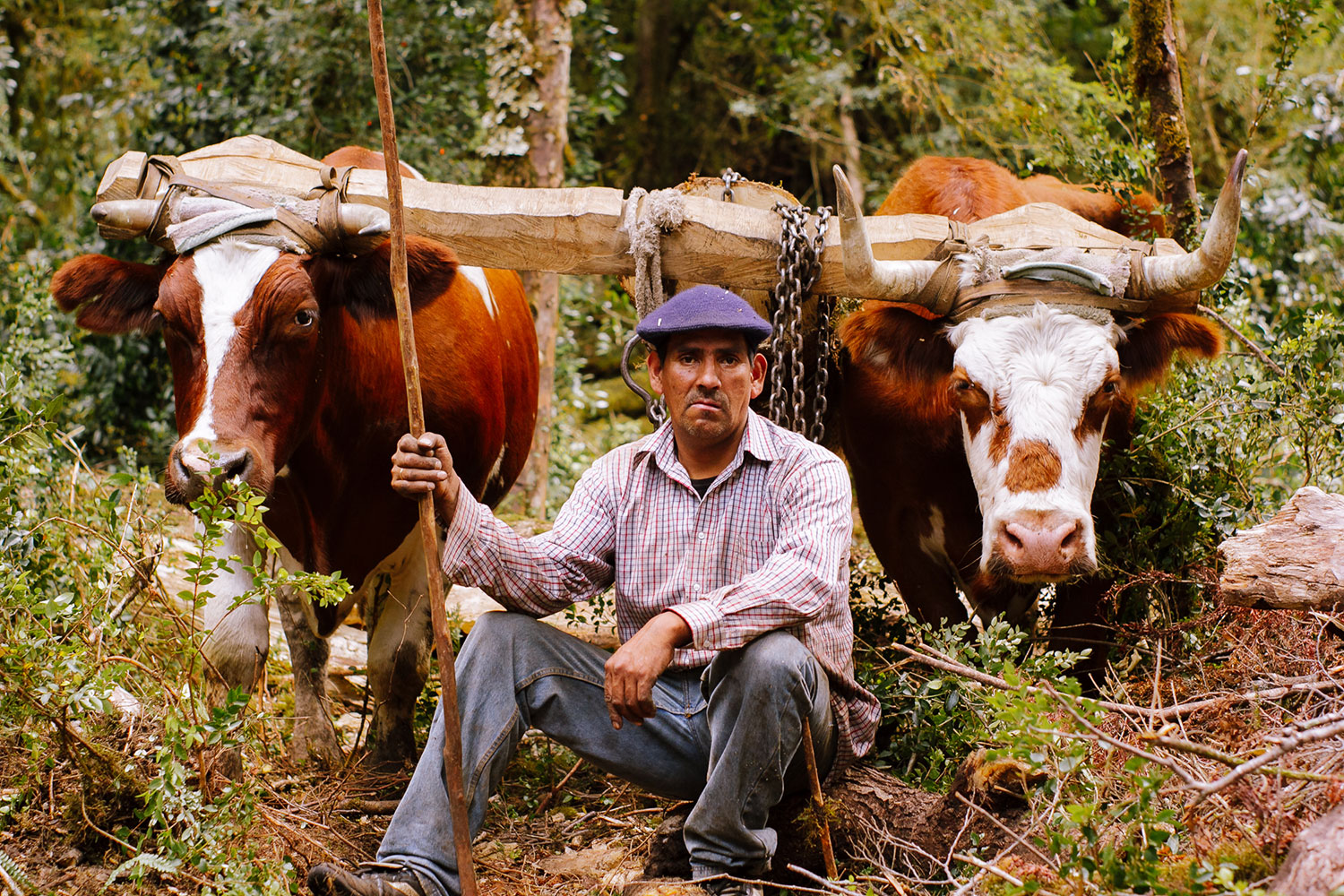
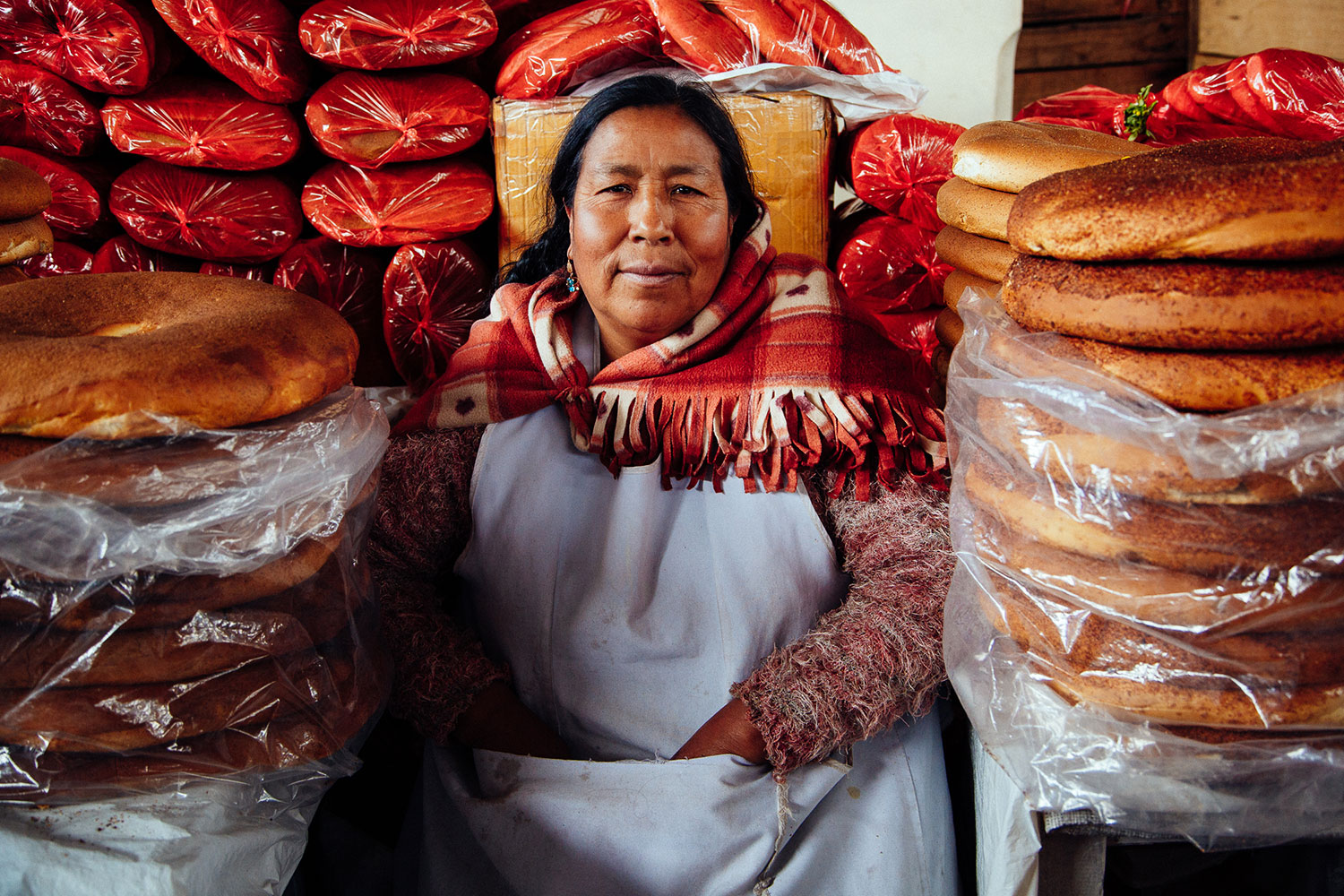
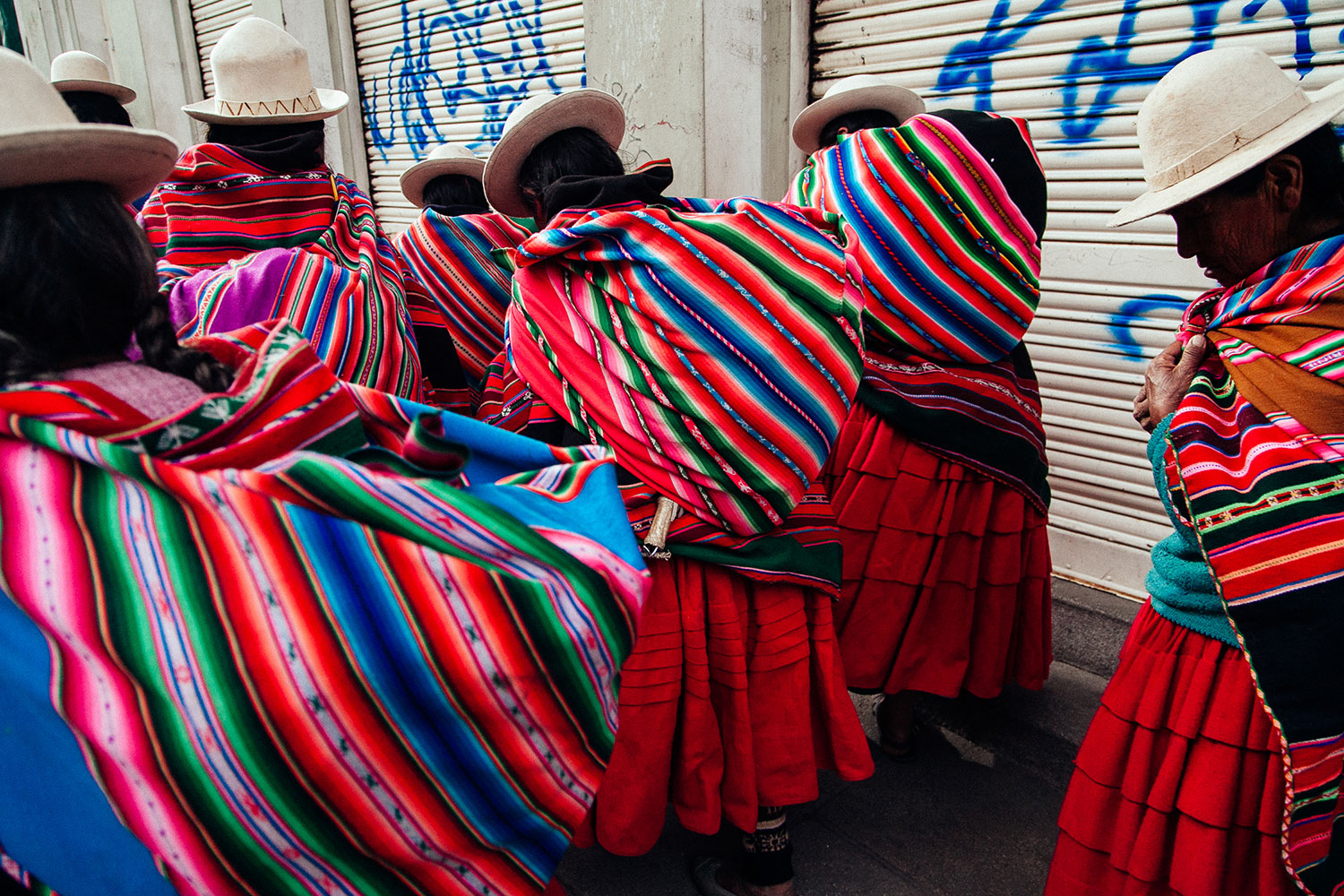
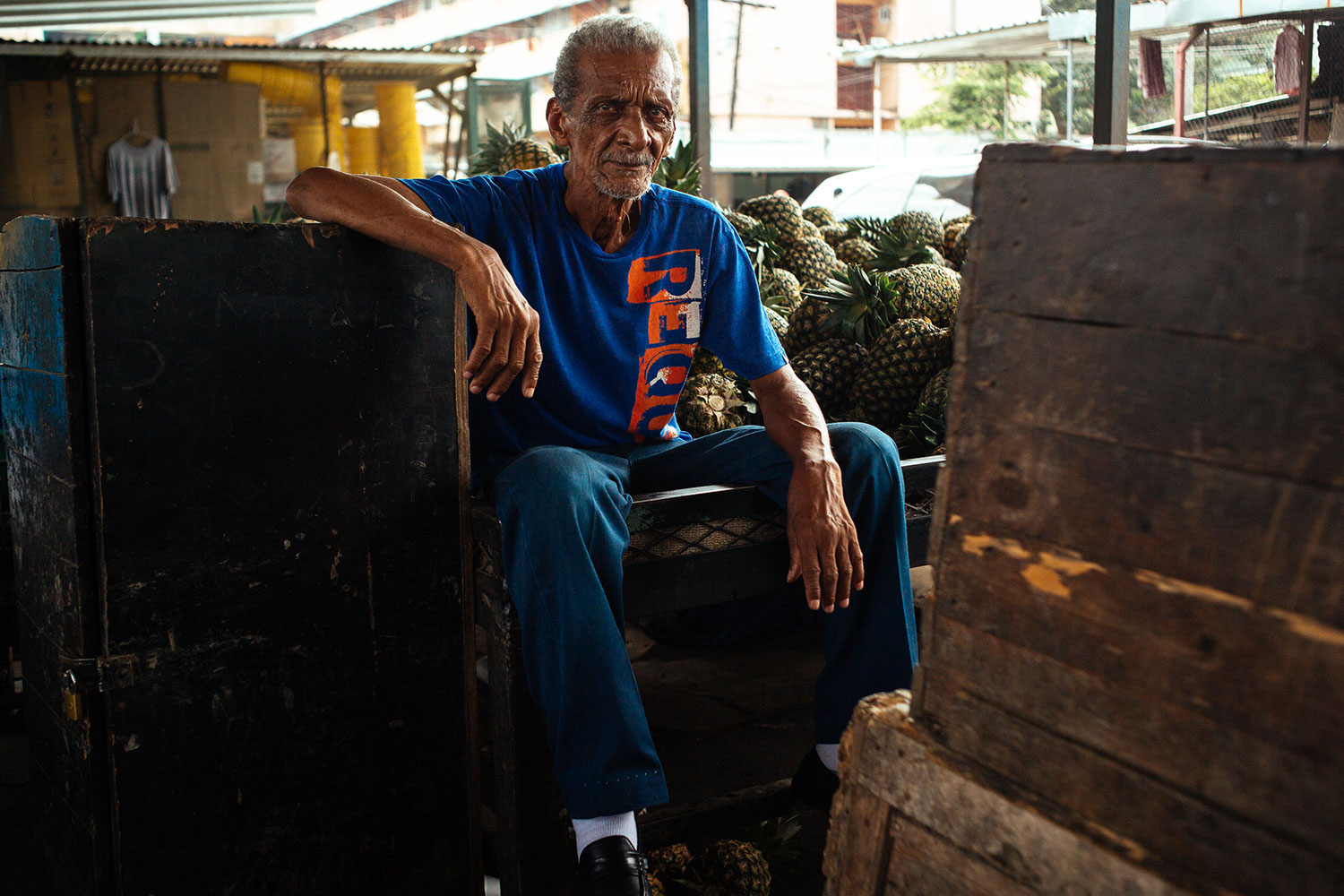
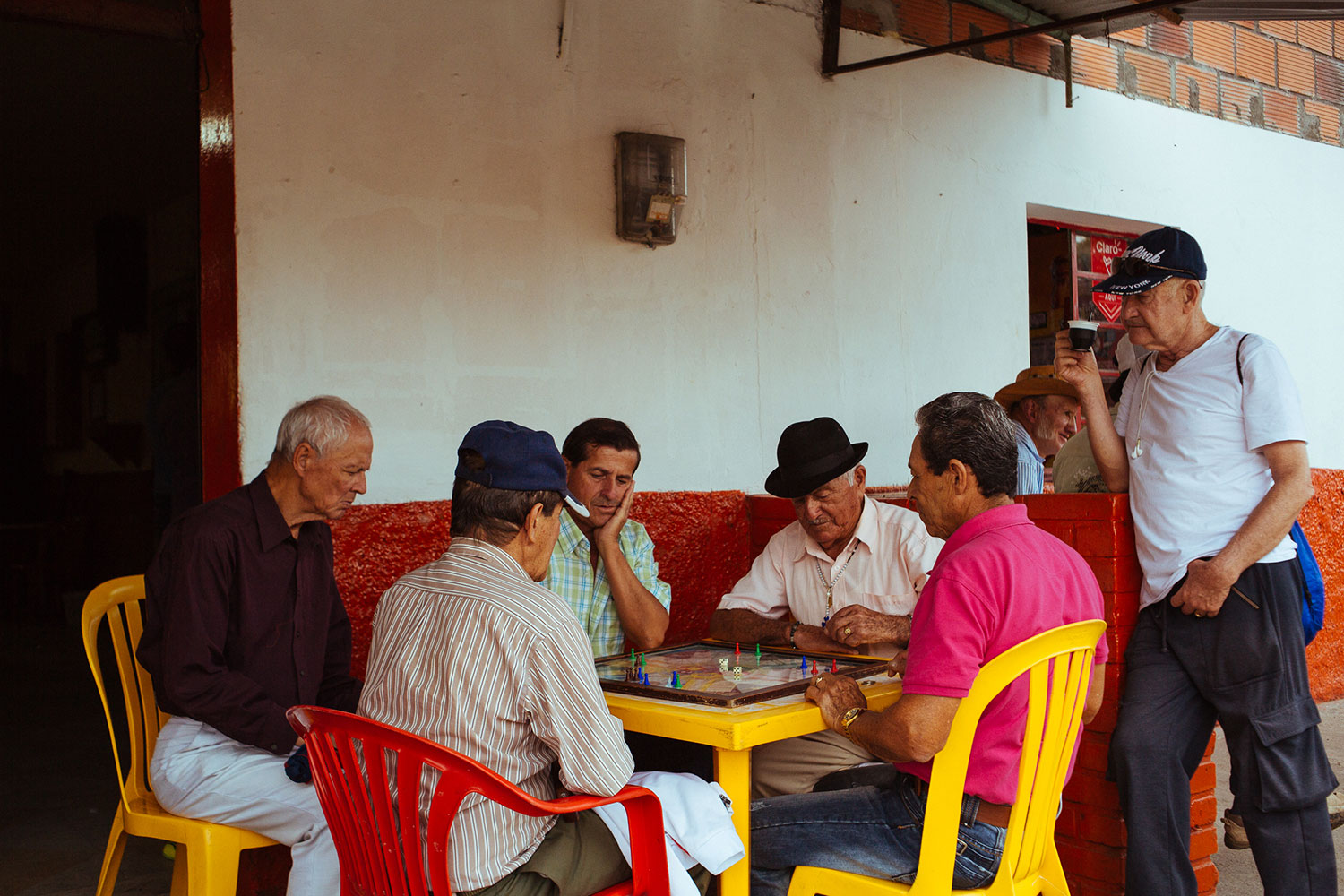
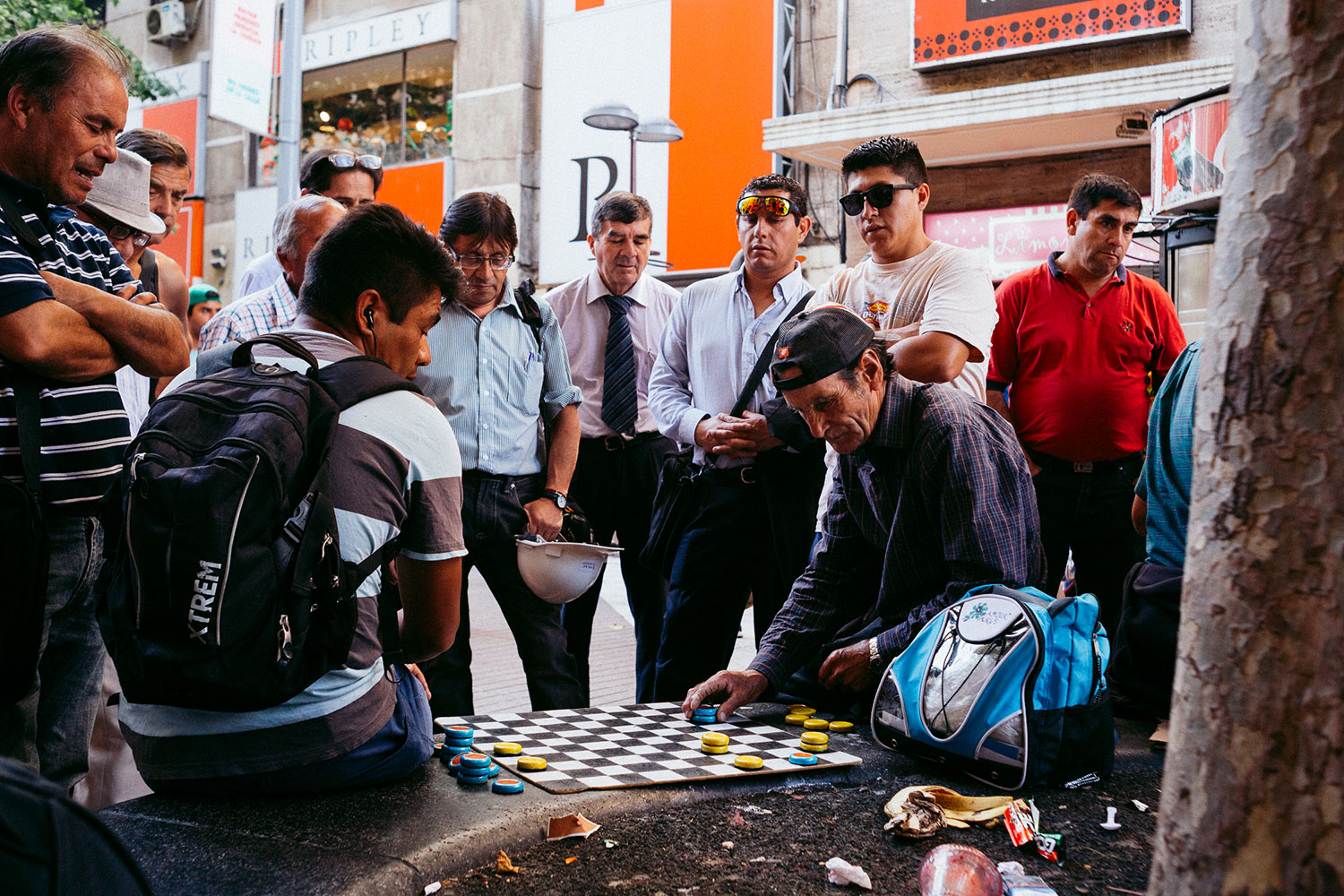

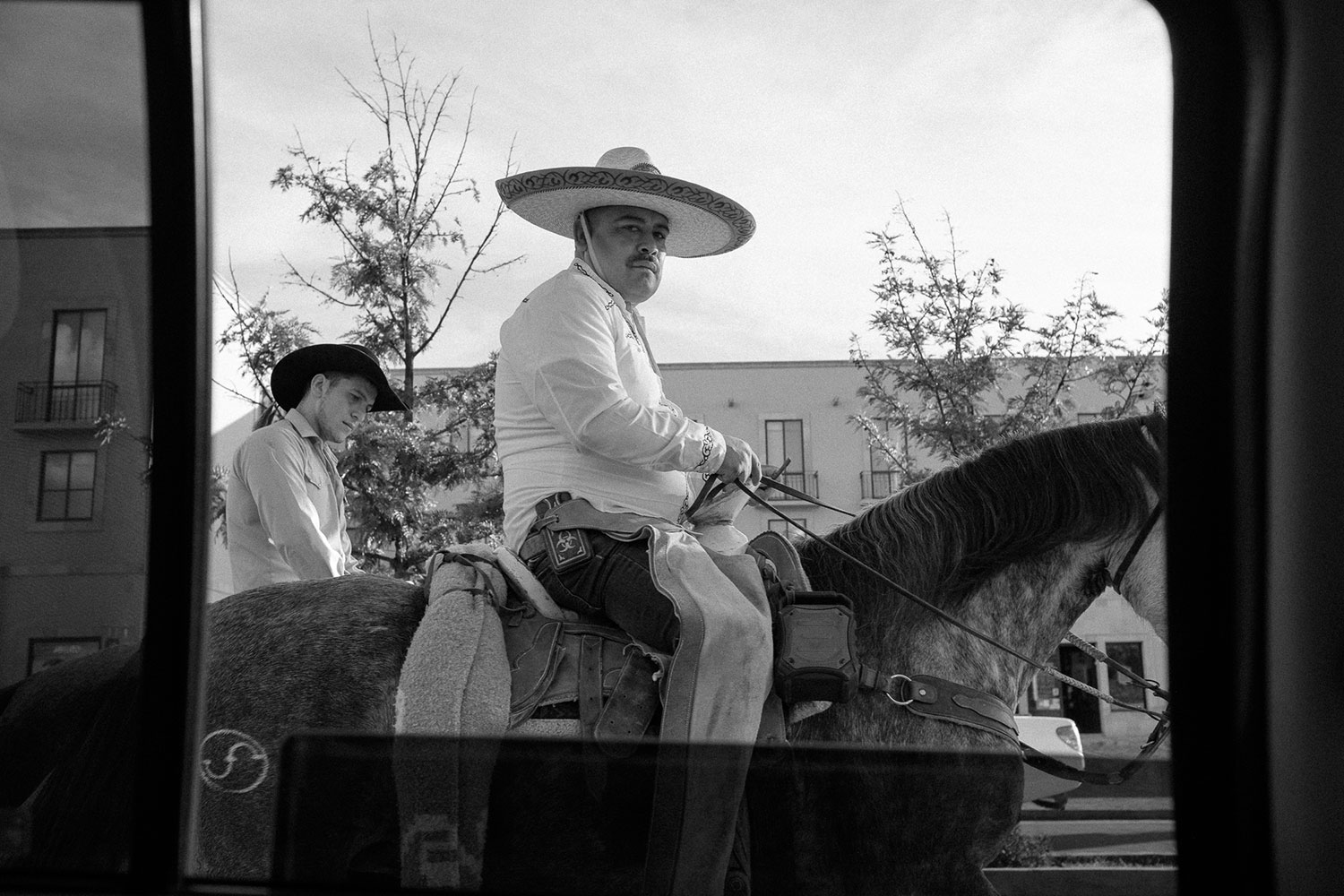
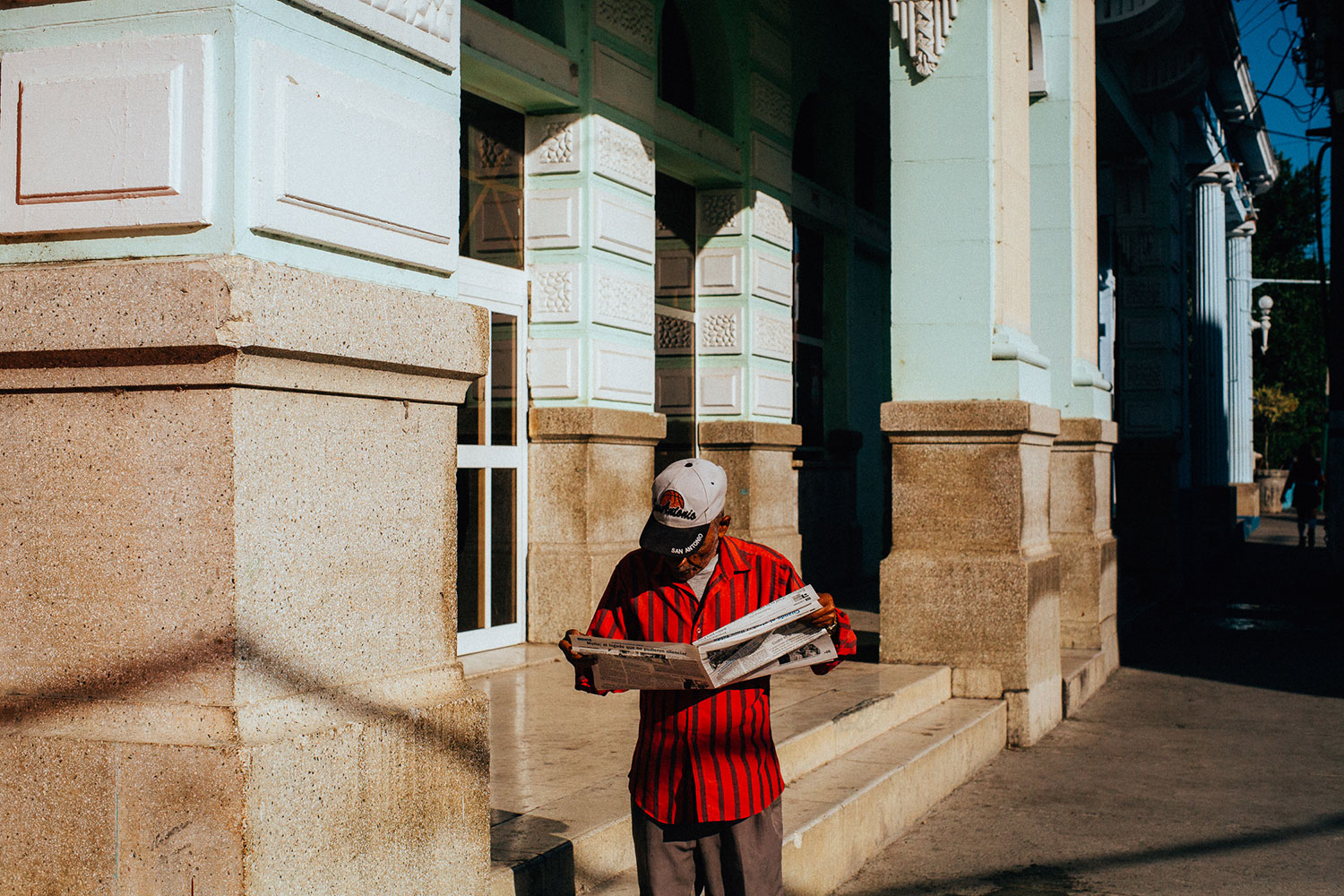
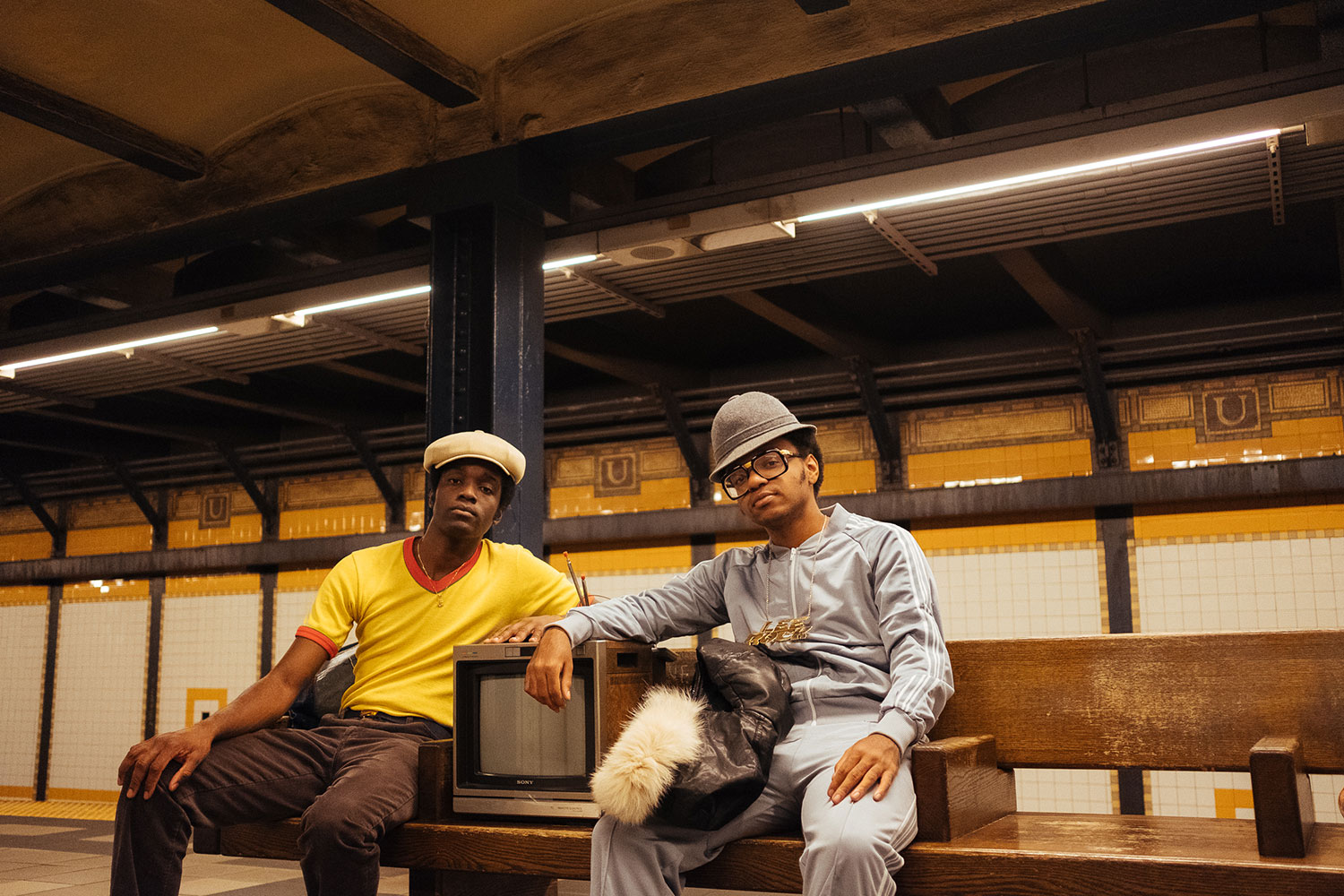
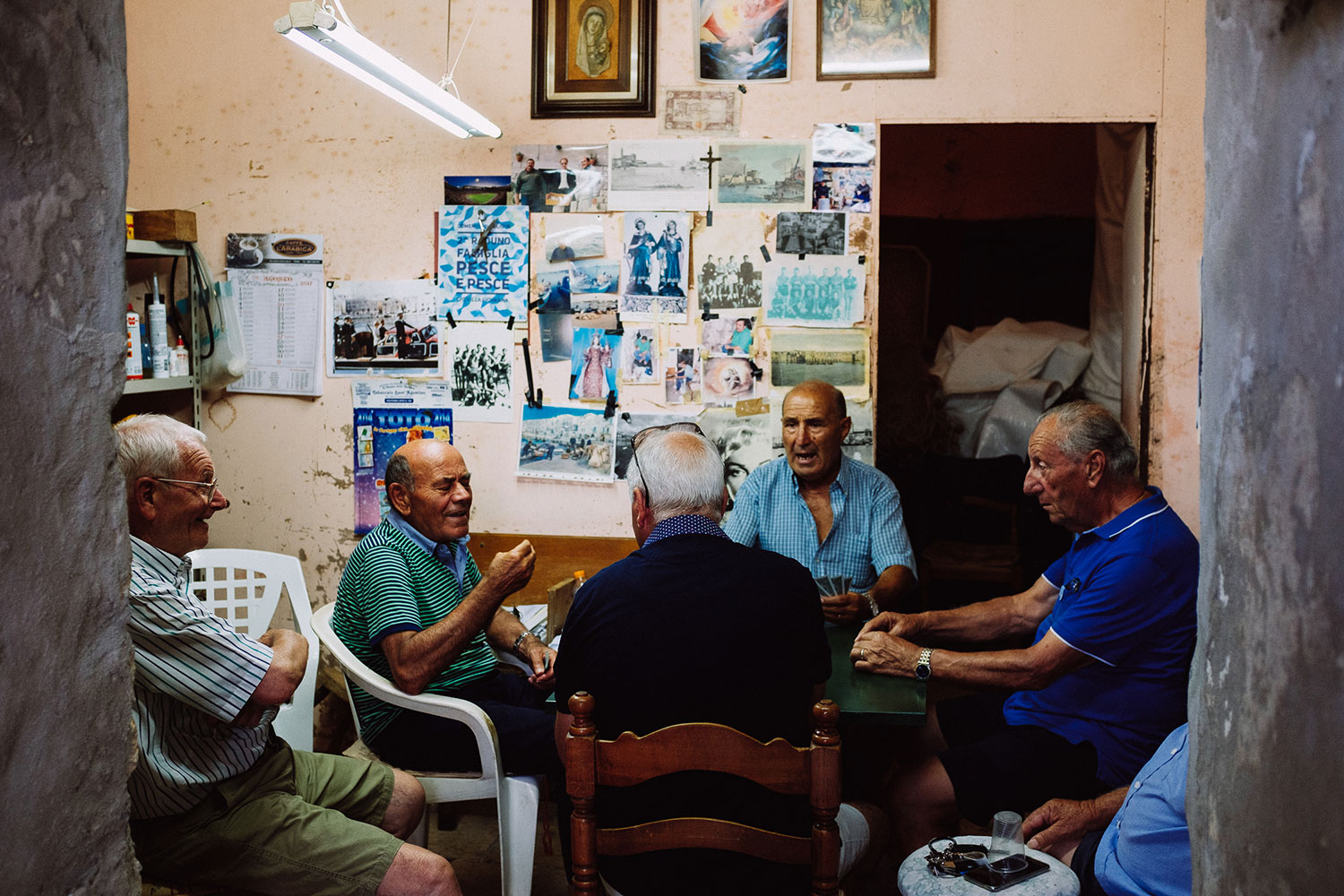
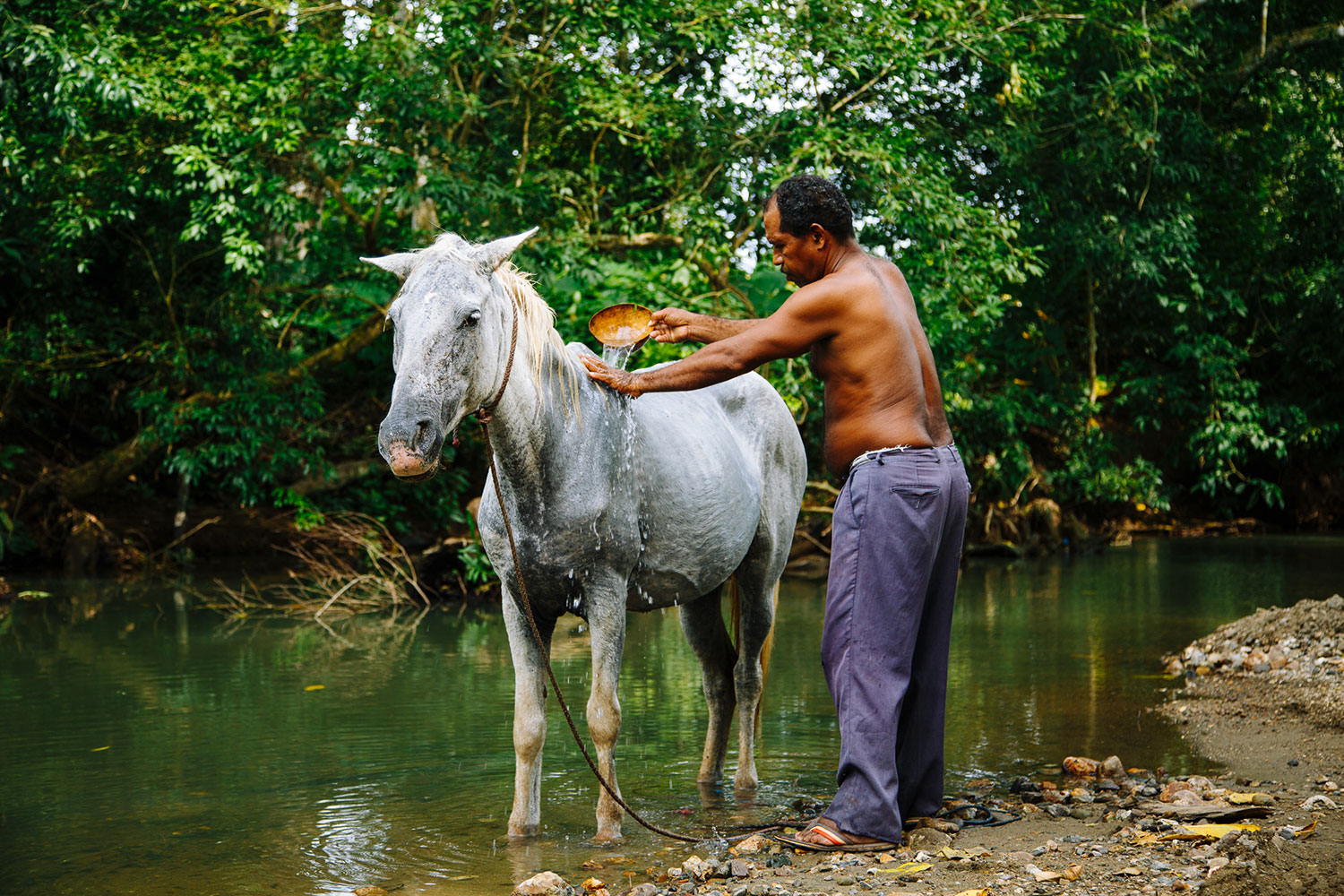

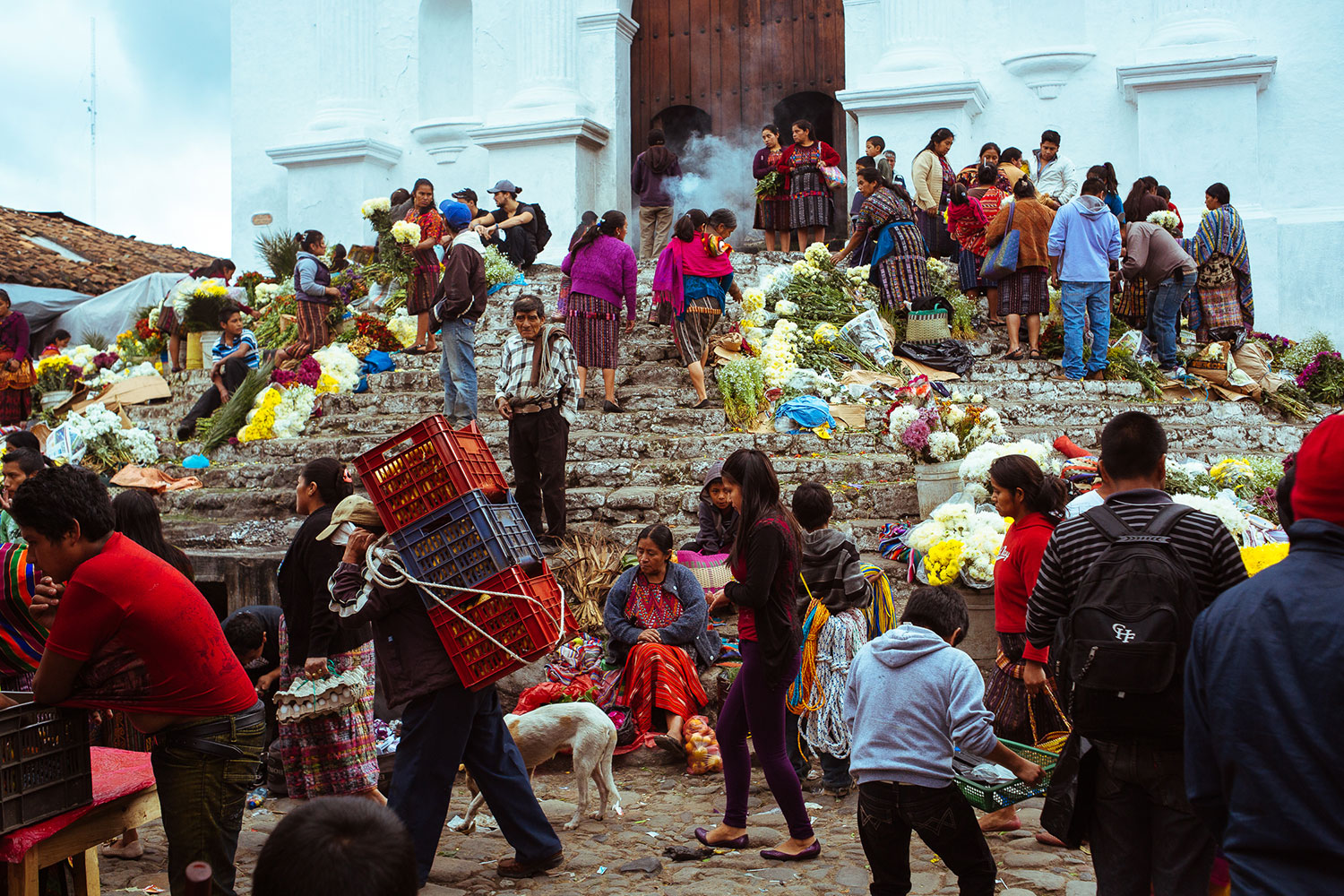
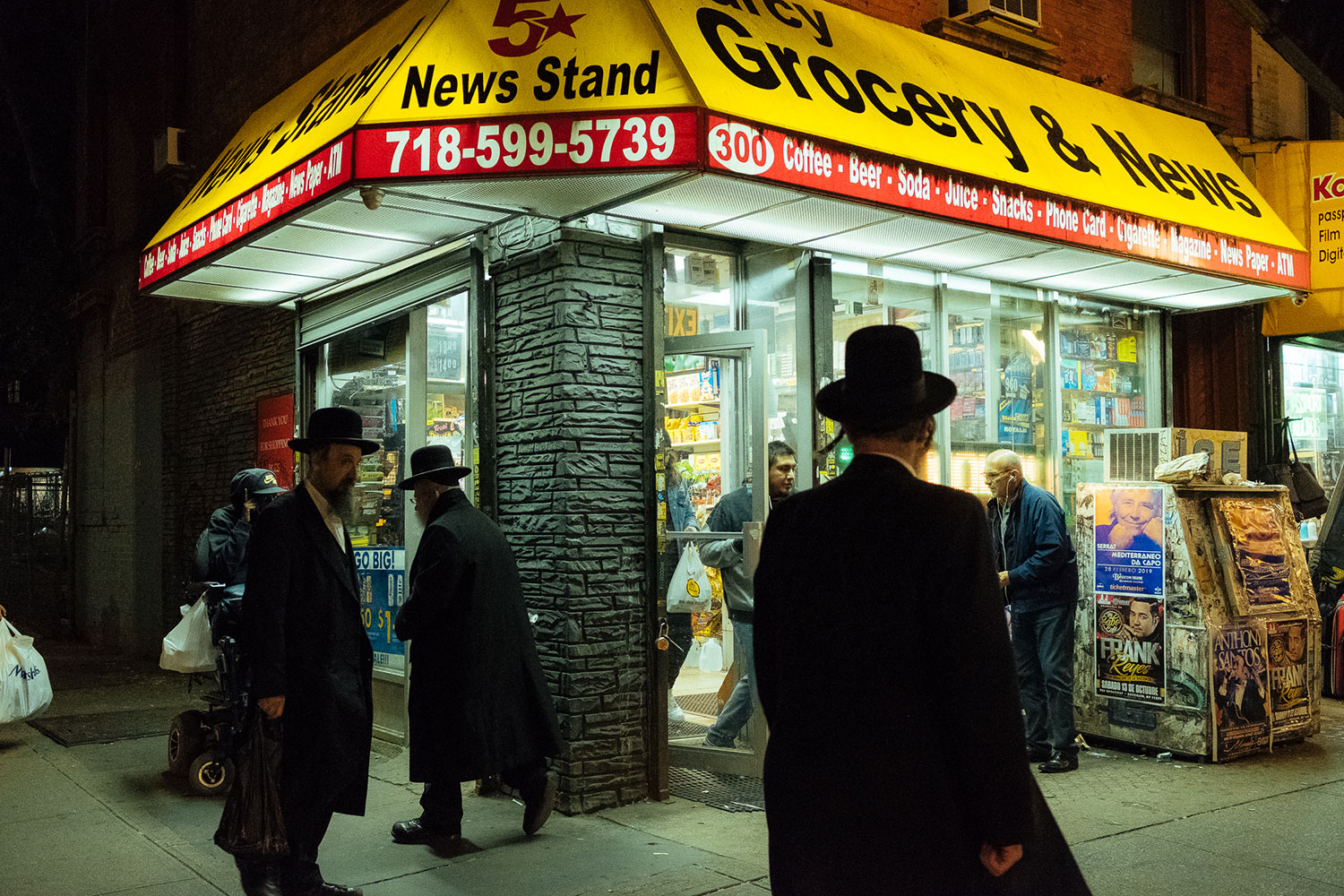

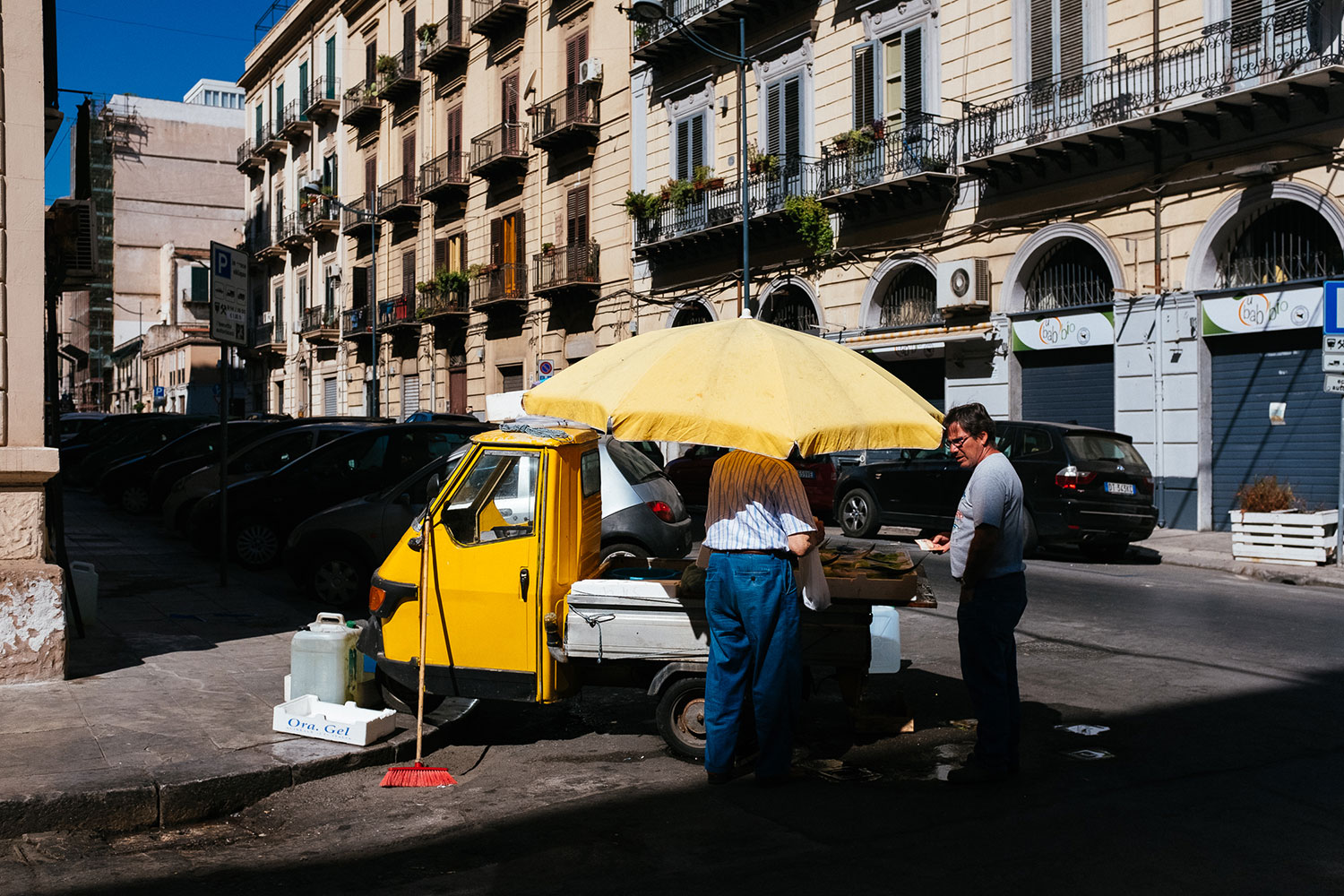
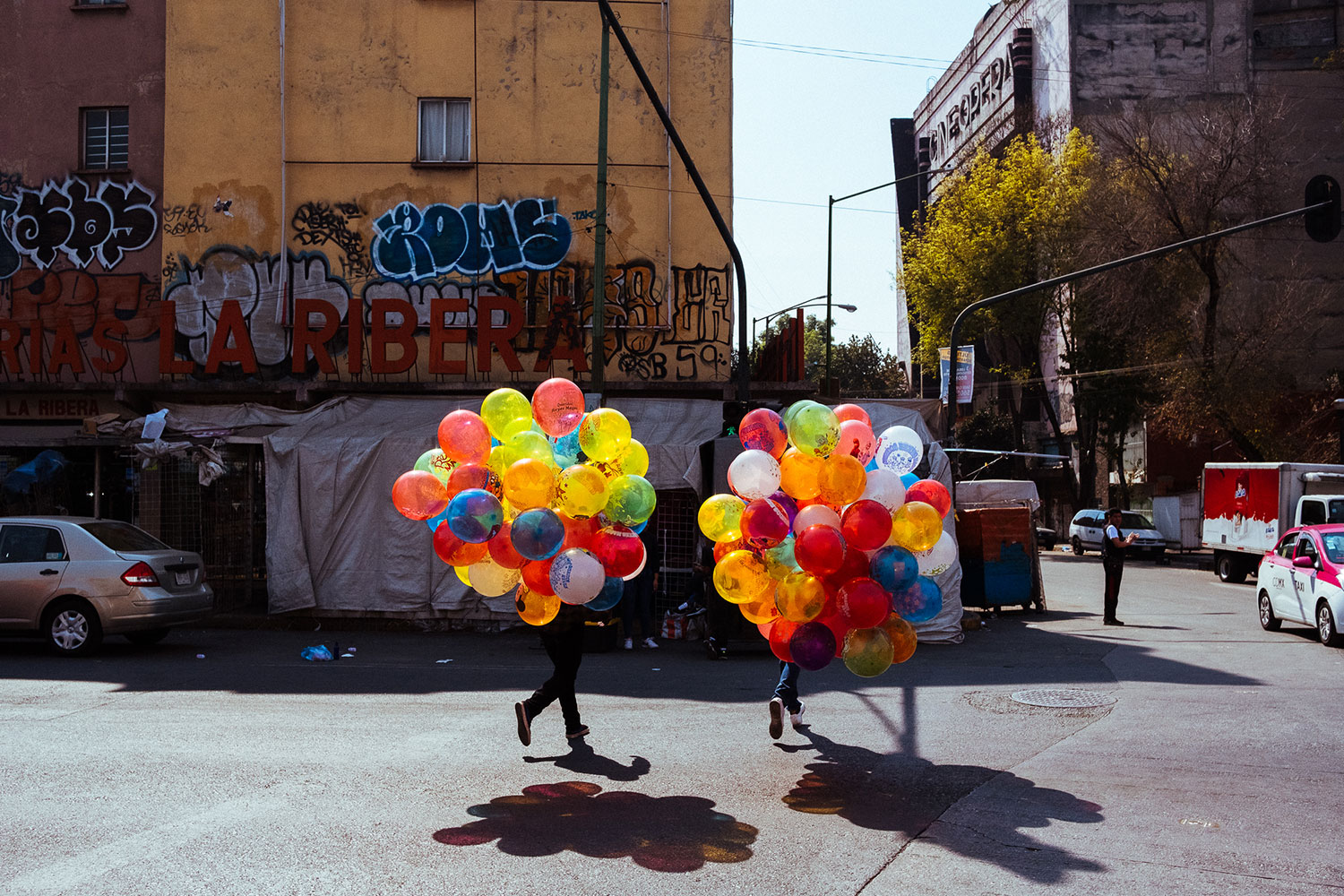
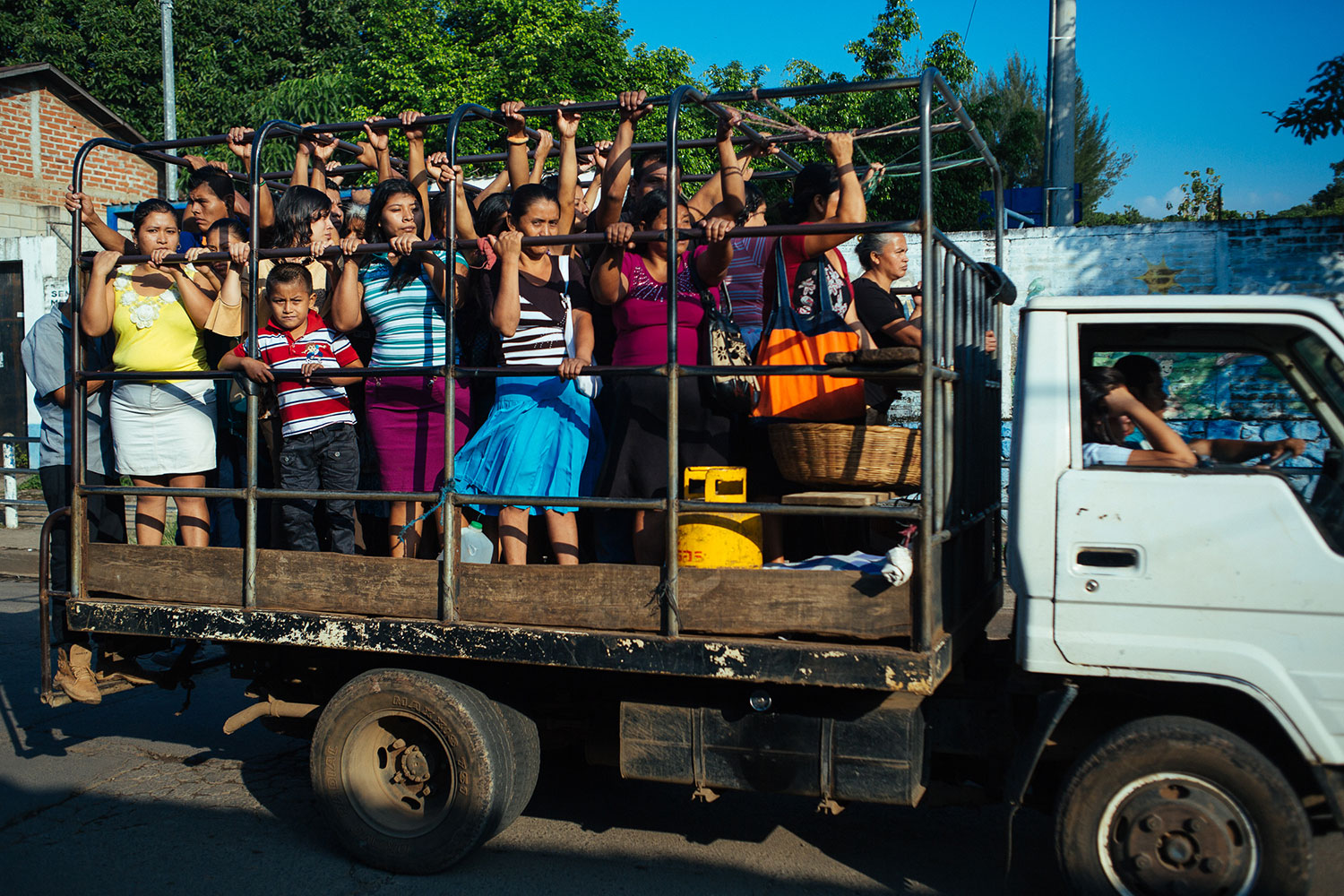
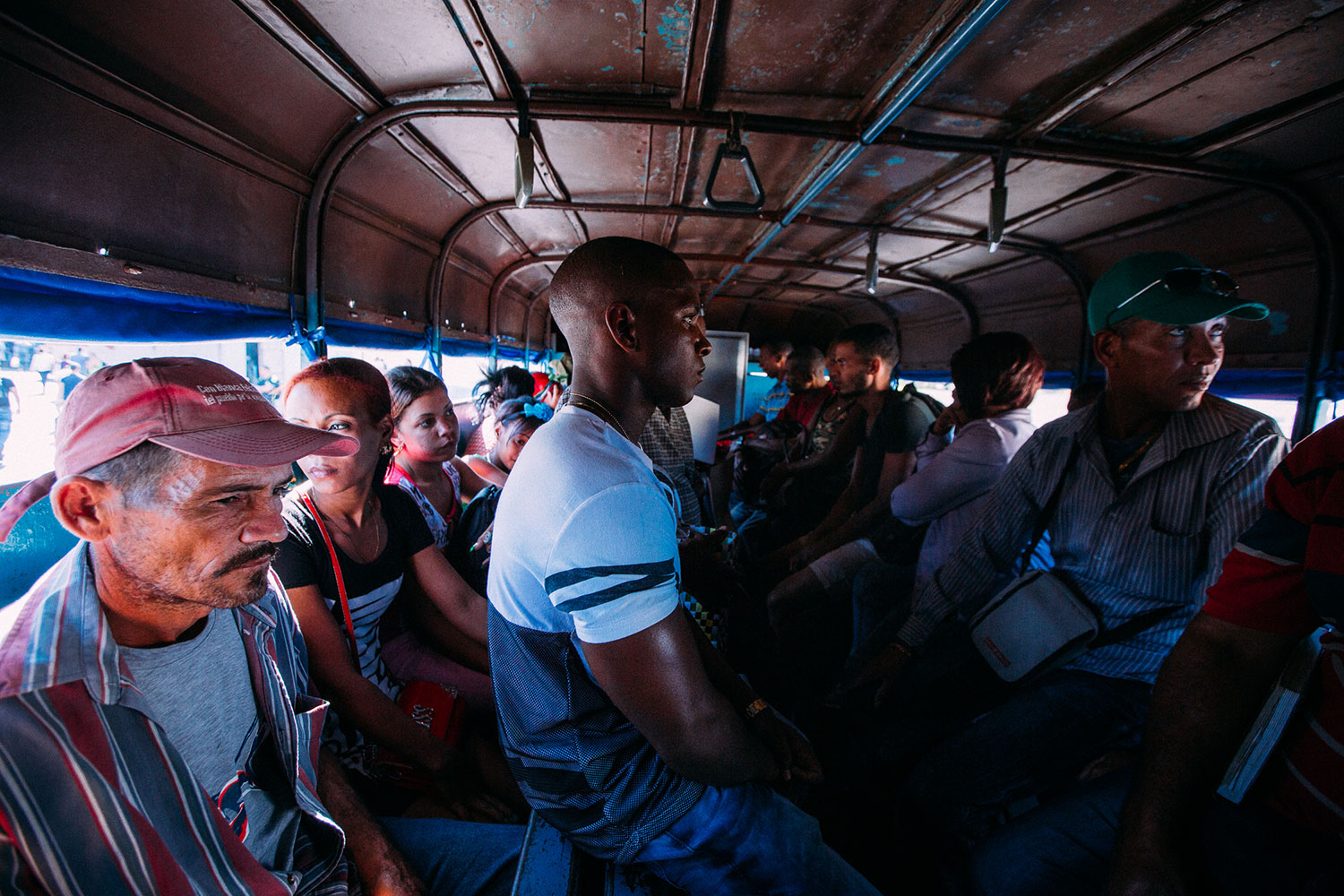
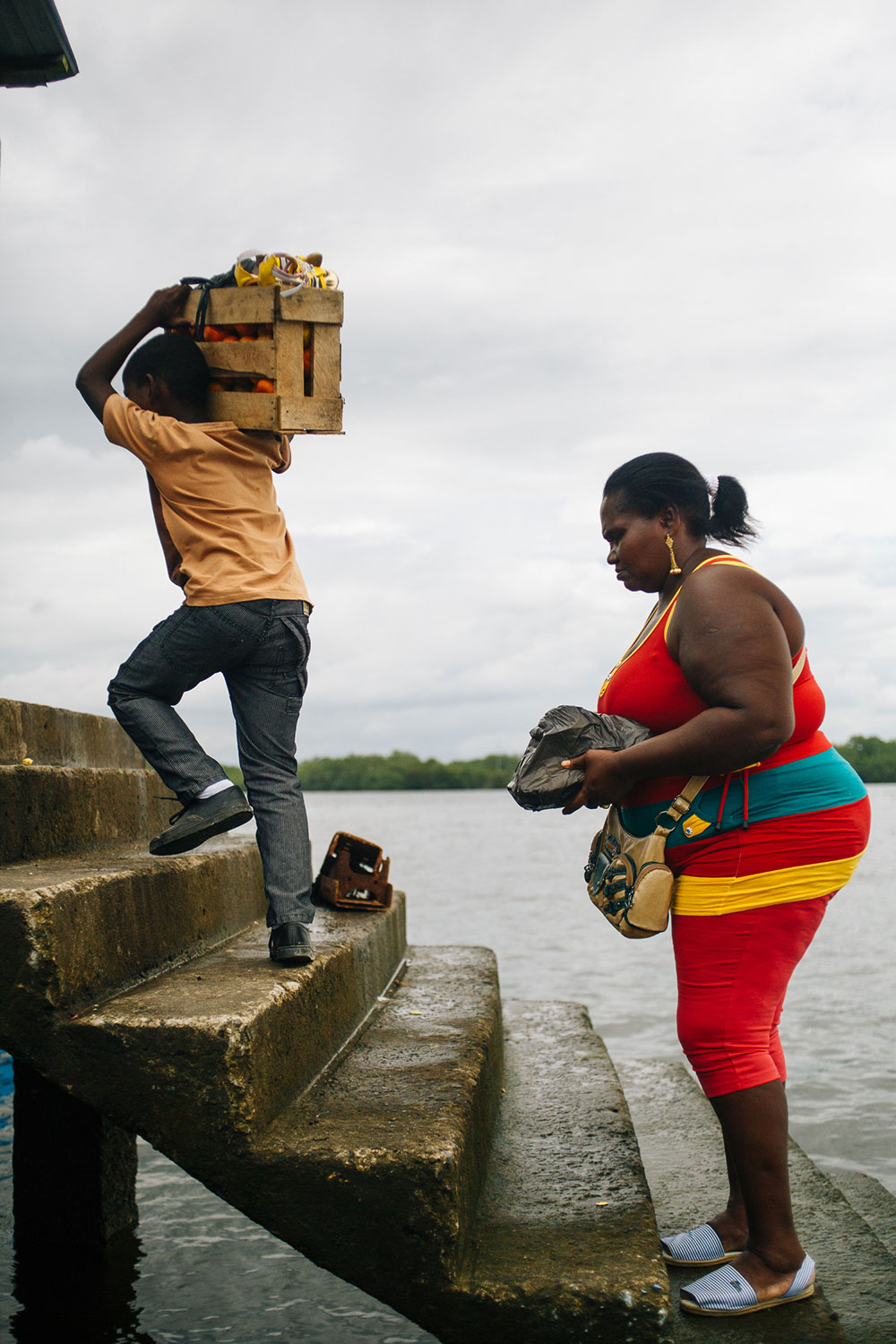
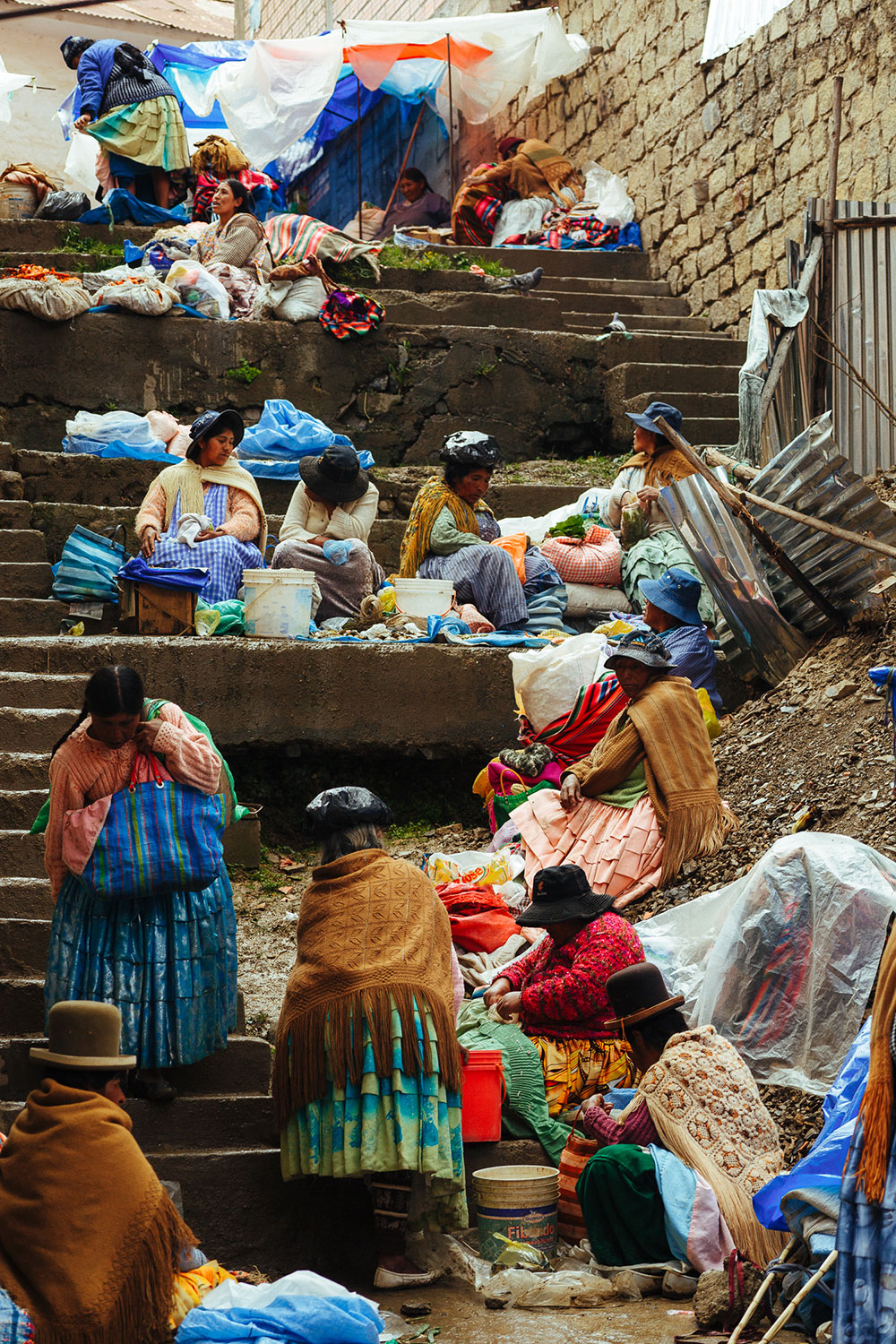
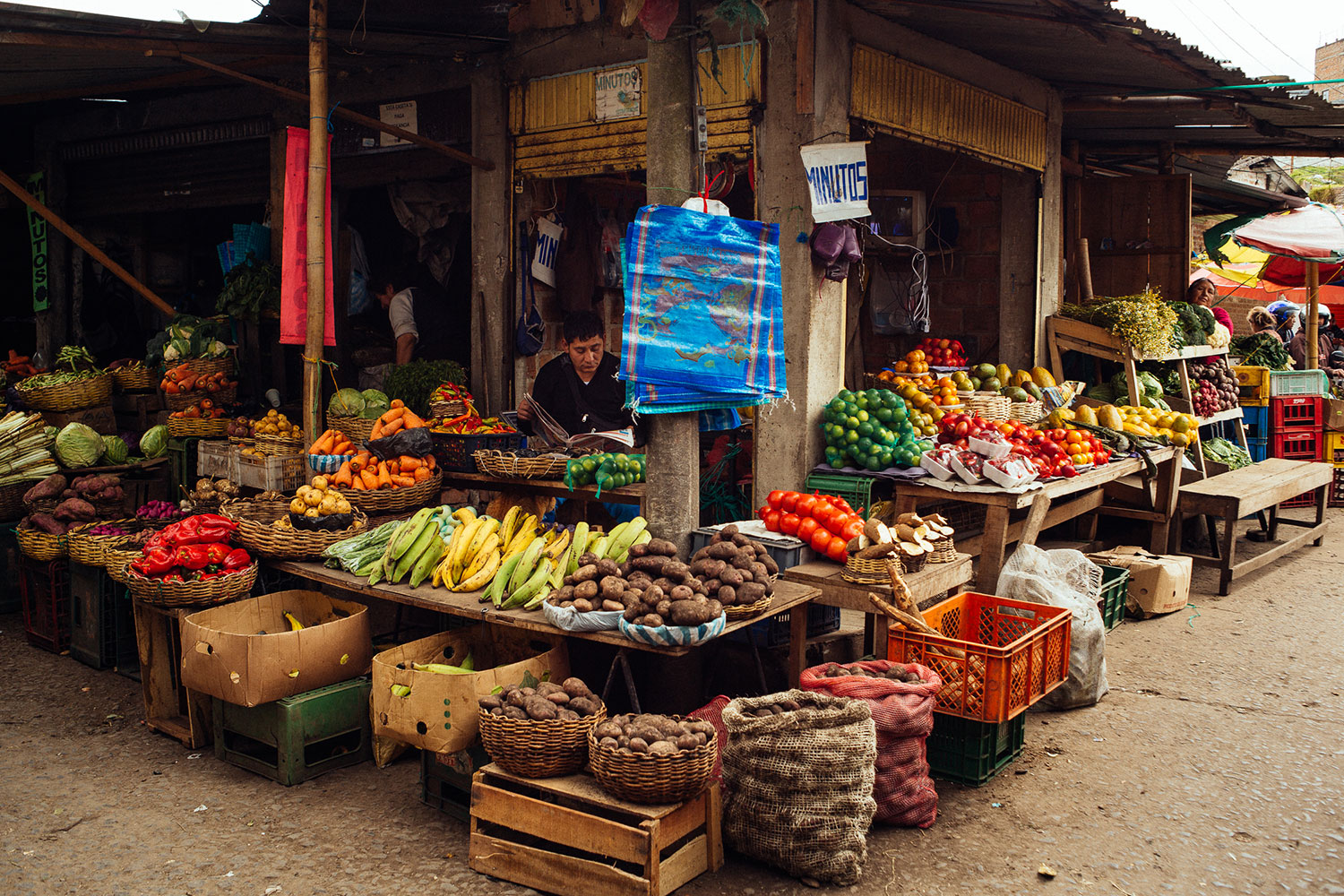
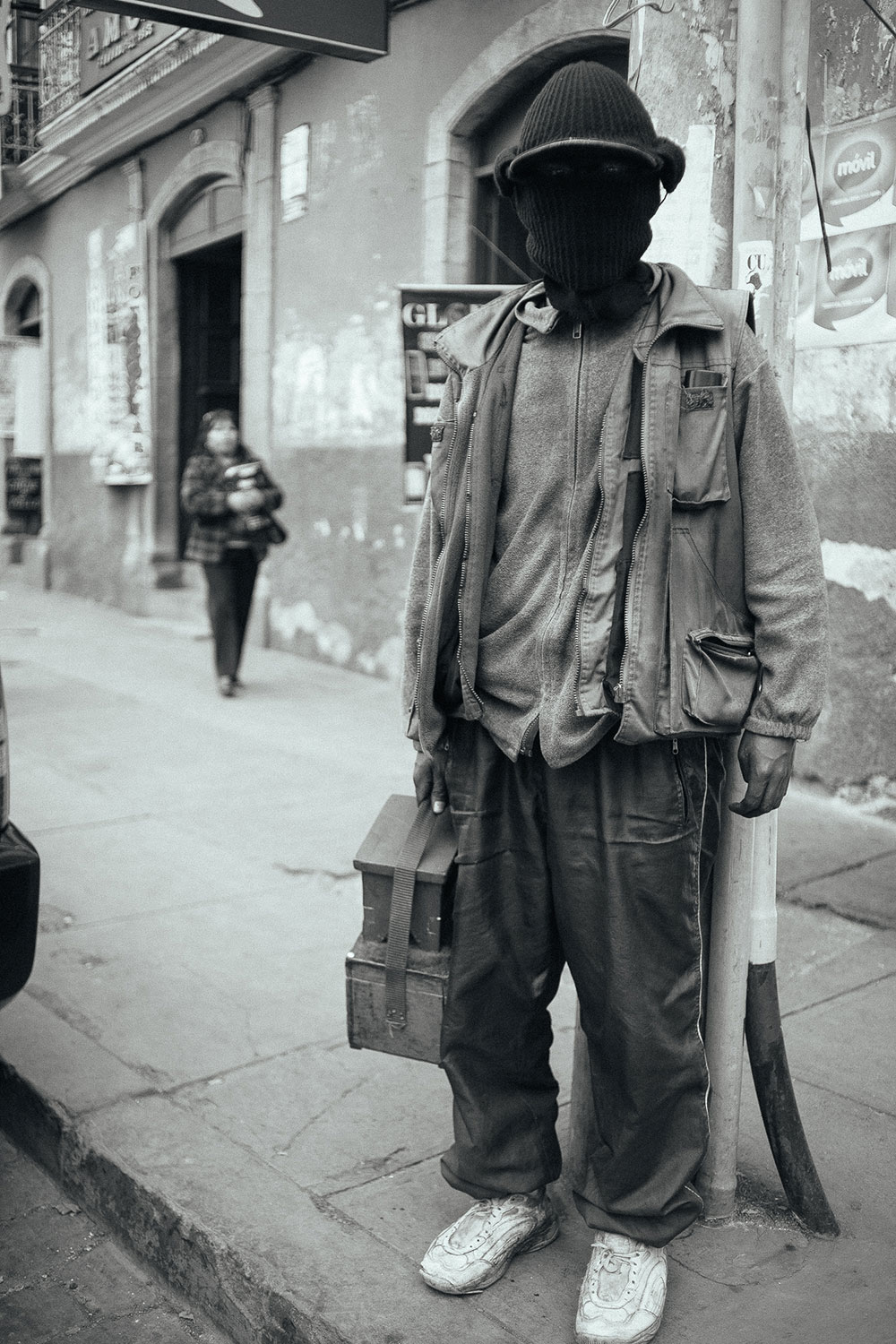



Earl Goodson
July 8, 2021 @ 8:41 pm
What an excellent collection of documentary images showcasing life in this region. I love that you’ve mixed both candid and portrait captures of people. I’ve only been to one Latin American country but I was immediately struck by the openness and warmth shown to visitors. Looking forward to seeing more of your work!
Felipe Rubilar
July 15, 2021 @ 5:00 pm
Thanks Earl, I appreciate your comment! Hope you can get back on these lands to keep enjoying the beautiful latinoamerican people and cultures.